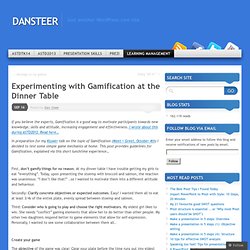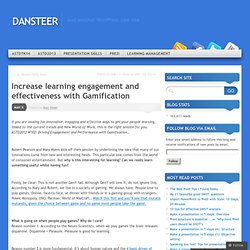

Cartographie des courants pédagogiques. Dans le cadre de notre activité d’enseignant ou de formateur nous sommes amenés à développer des stratégies d’apprentissage et à les adapter en fonction de nos apprenants et objectifs de formation.

Dans chacune de ces stratégies ou courants pédagogiques il est possible de puiser des idées pour ensuite améliorer notre pratique et diversifier la transmission du savoir. Je vous propose donc de revoir ces courants pédagogiques sous forme de carte mentale. Cette carte heuristique que j’ai réalisé synthétise les grands courants qui ont traversé notre société (le constructivisme, le cognitivisme, la transmission, le béhaviorisme, le Socio-constructivisme ). Les différentes branches de cette carte présentent : Les principesLes points forts et les faiblessesLes rôles de chacun, enseignants et apprenantsDes exemples et des références Lien vers la carte Cette carte est également disponible sur biggerplate.com au format Xmind.
Pour la télécharger cliquer sur ce lien ci-dessous Bonne consultation. Platetorme pédagogique.
Experimenting with Gamification at the Dinner Table. If you believe the experts, Gamification is a good way to motivate participants towards new knowledge, skills and attitude, increasing engagement and effectiveness.

I wrote about this during ASTD2012. Read here… In preparation for my Kluwer talk on the topic of Gamification (Meet + Greet, October 4th) I decided to test some simple game mechanics at home. This post provides guidelines for Gamification, explained via this short lunchtime experience… First, don’t gamify things for no reason. Secondly: Clarify concrete objectives or expected outcomes. Third: Consider who is going to play and choose the right motivators. Create your game The objective of the game was clear: Clear your plate before the time runs out (my eldest interpreted this as “beat your sisters as well”). Design the game structure and how to play. Here’s what my 3yr old made… I also asked them to make 4 pictures that could be screwed up and used as a “dice-mechanism”. If you finished your plate in the allotted time you won. Increase learning engagement and effectiveness with Gamification.
If you are looking for innovative, engaging and effective ways to get your people learning, linked to the current trends and New World of Work, this is the right session for you.

ASTD2012 W102: Driving Engagement and Performance with Gamification… Robert Pearson and Mary Myers kick off their session by underlining the idea that many of our innovations come from new and interesting fields. This particular one comes from the world of consumer entertainment. But why is this interesting for learning? Can we really learn something useful whilst having fun? Firstly, be clear: This is not another GenY fad. What is going on when people play games? Reason number 2 is more fundamental. OK, I believe. Game dynamics are the different elements that arise when we play games.
Getting started with Gamification As with all new trends, it is important not to start Gamification just because it’s cool. These elements may already give you an indication of where Gamification could play a value-add role. Belgacom innove avec un jeu sur le leadership. Nous sommes en 2067. La Terre est dévastée par un énorme tsunami. Seuls quelques milliers de personnes survivent à la catastrophe. Au lieu de pleurer sur leur sort, elles décident de fonder une ‘nouvelle’ planète : Xenon. Très vite une activité se met en route. Les survivants fondent la société Hexagon, un fabricant de ‘puces transhumaines de leader’.
De la science-fiction ? Score Au sein d’Hexagon, les joueurs se sont heurtés à une quinzaine de personnages différents et ils ont dû entamer des discussions avec chacun de ces coéquipiers virtuels. Ce jeu exigeait un certain engagement ; il n’y a pas de jeux sans score. De nombreux managers ont dû s’y habituer. Impact En jouant, les managers ont ainsi été placés face à un miroir. Le jeu y est-il parvenu ? Et la collaboration ? La suite ? Ce jeu est un travail d’orfèvre, créé sur mesure pour illustrer la vision du leadership des RH de Belgacom. Ces éléments se retrouvent aussi dans le jeu. Compétition. The Fun Theory. Prisoner's dilemma. The prisoners' dilemma is a canonical example of a game analyzed in game theory that shows why two individuals might not cooperate, even if it appears that it is in their best interests to do so.
It was originally framed by Merrill Flood and Melvin Dresher working at RAND in 1950. Albert W. Tucker formalized the game with prison sentence rewards and gave it the name "prisoner's dilemma" (Poundstone, 1992), presenting it as follows: Two members of a criminal gang are arrested and imprisoned. Each prisoner is in solitary confinement with no means of speaking to or exchanging messages with the other. It's implied that the prisoners will have no opportunity to reward or punish their partner other than the prison sentences they get, and that their decision won't affect their reputation in future. The prisoner's dilemma game can be used as a model for many real world situations involving cooperative behaviour. Strategy for the classic prisoners' dilemma[edit] The normal game is shown below: Dansteer.